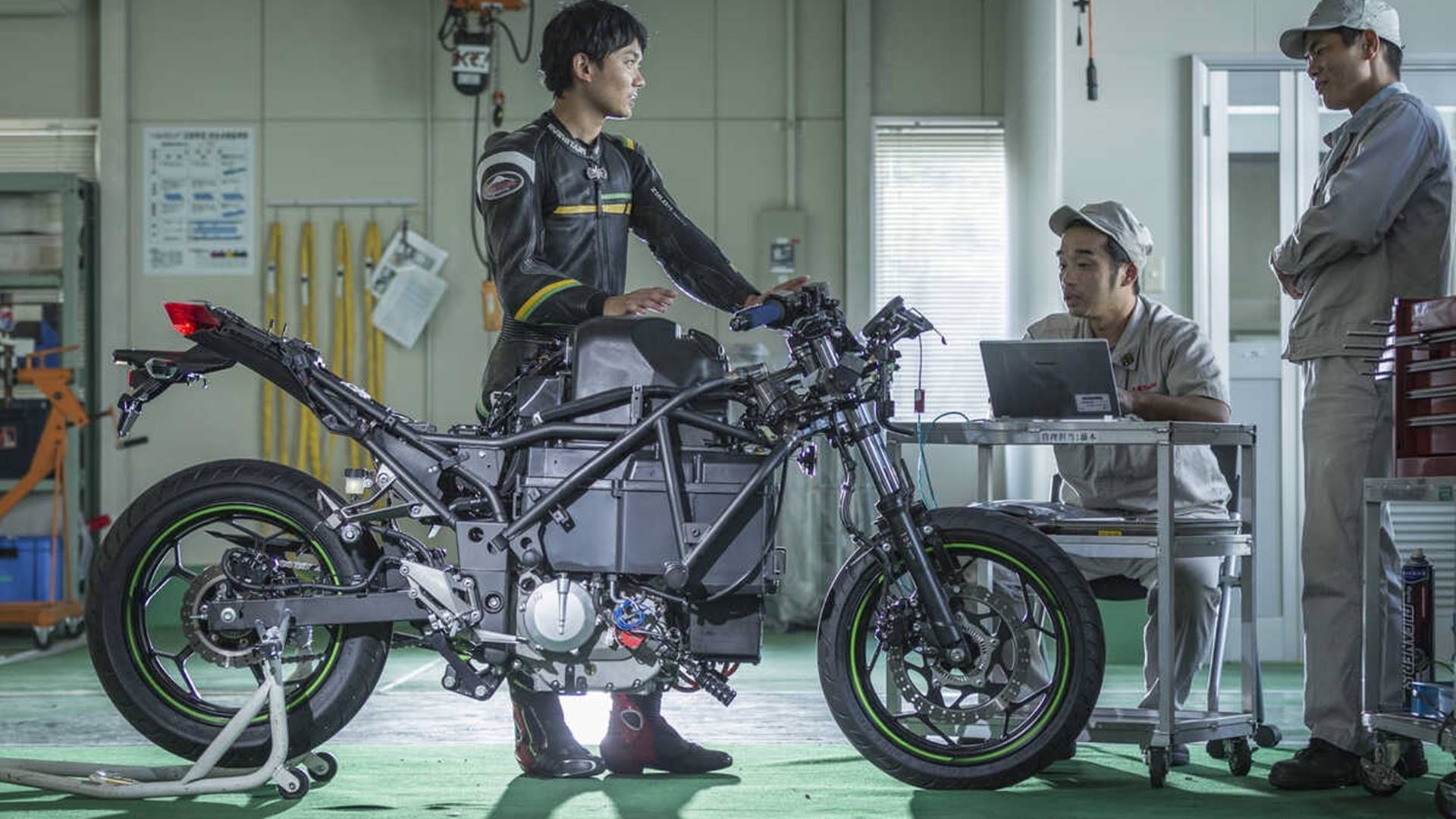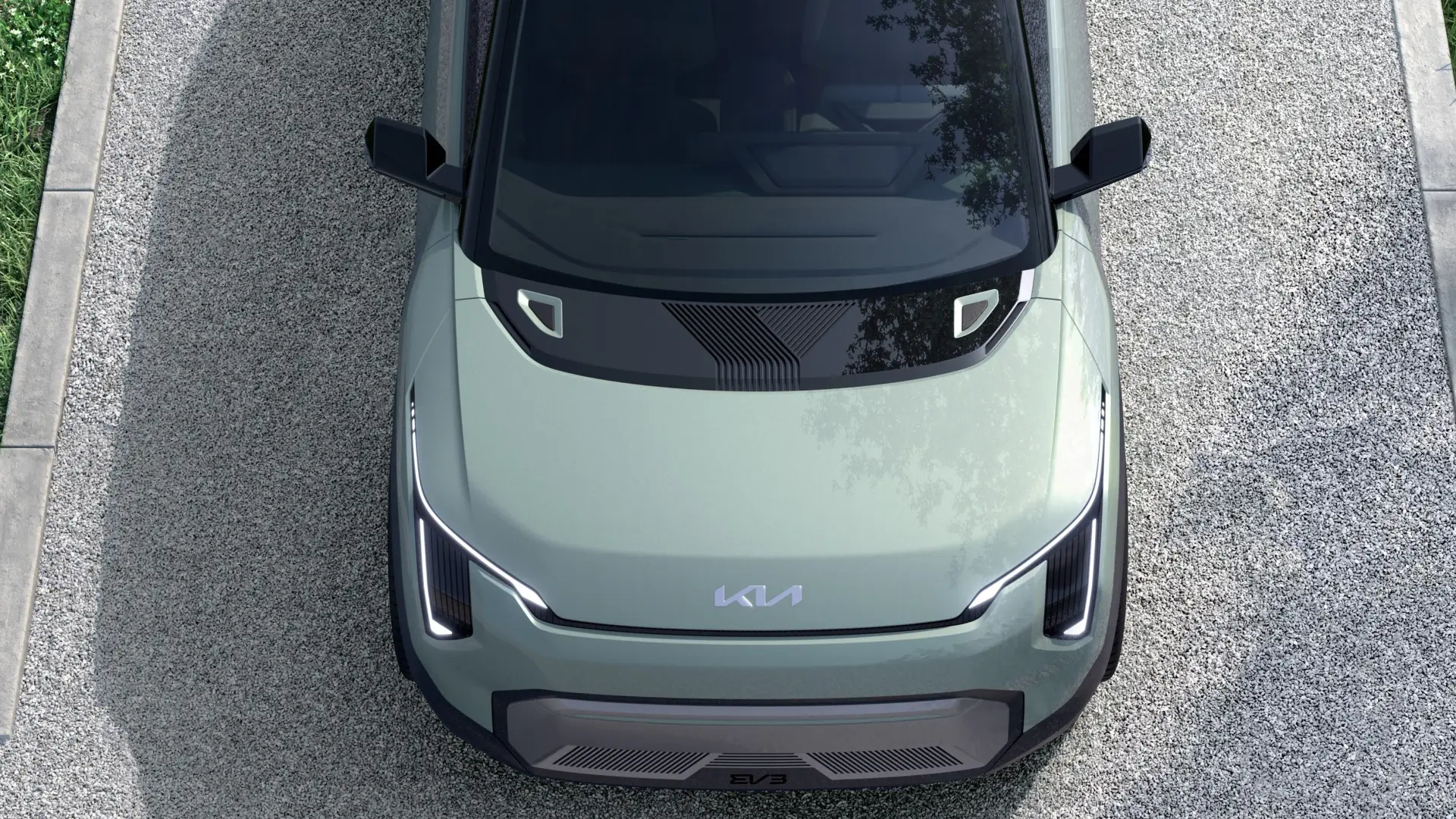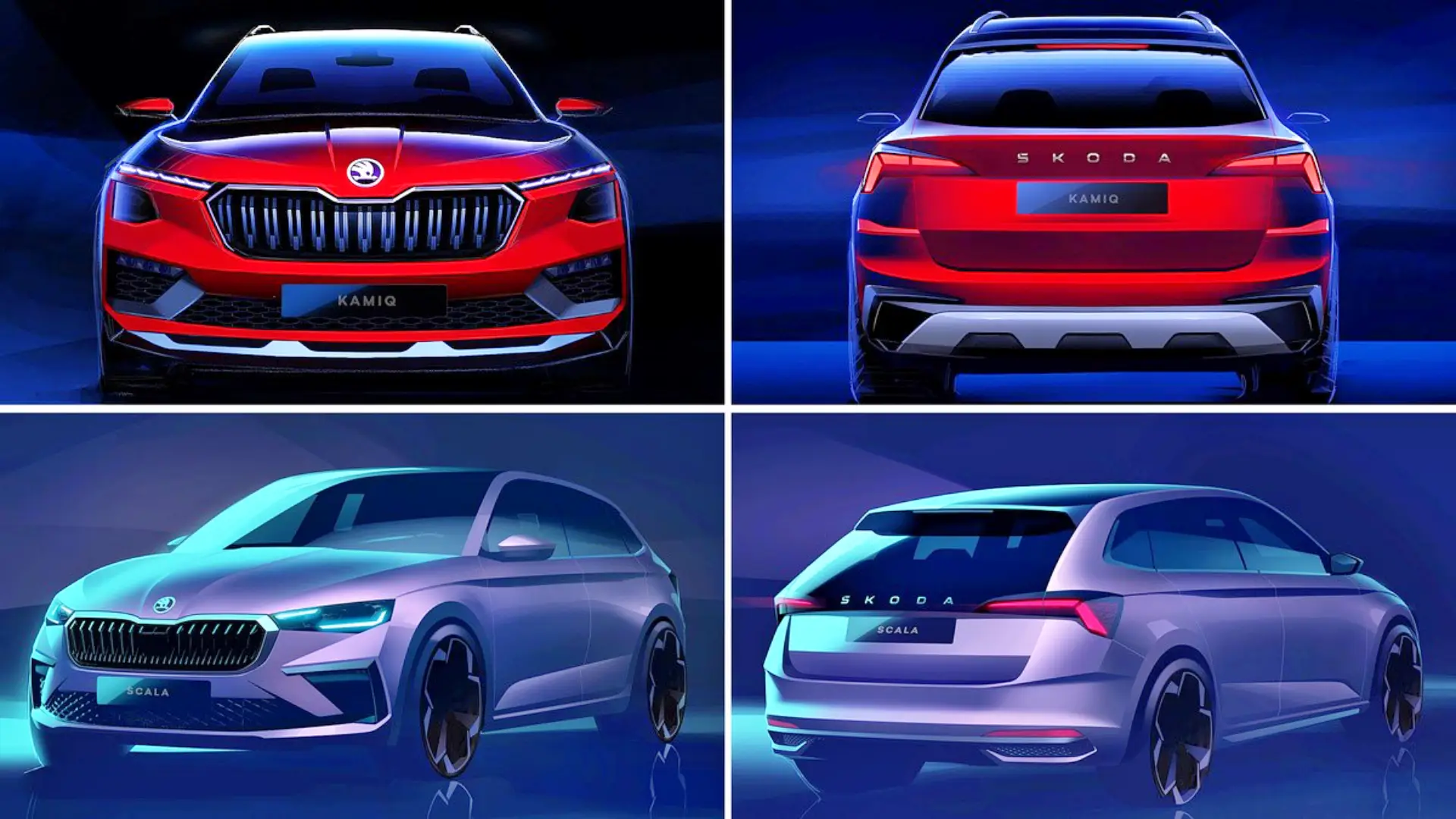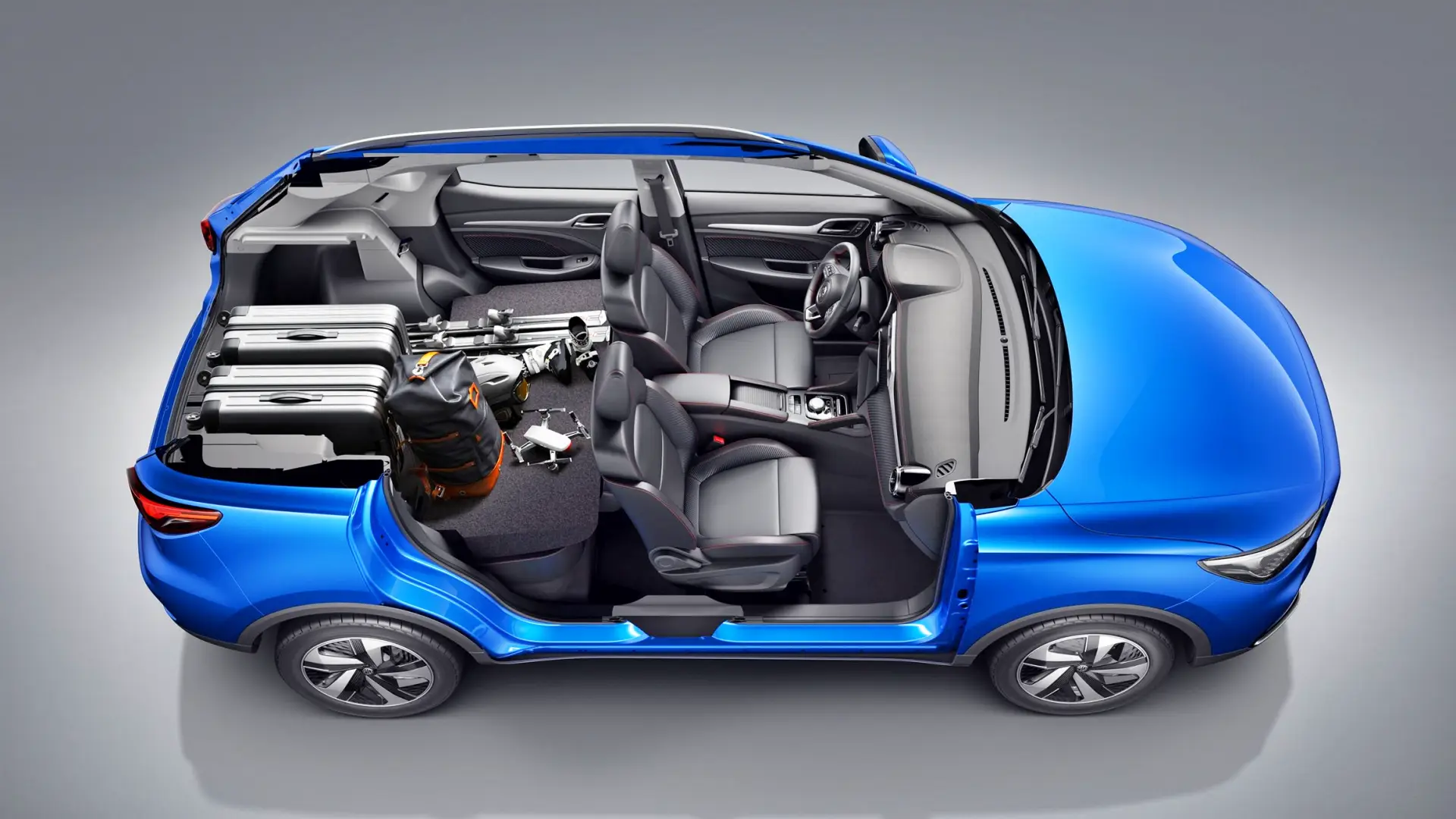The world of two wheels – and derivatives – is a little behind in the race towards electrification, at least for now. Almost all the electric motorcycles that fill the market are urban and utility, many of them mopeds. Kawasaki isn’t keen on that part of the market, but it knows it will have to electrify its range one day. To begin with, an important decision has been made regarding Kawasaki Heavy Industries, Ltd.
The motor division, Kawasaki Motors, Ltd., is already an independent and separate company from the parent company. Thus, flexibility and speed in decision-making are sought to leap the motorcycles of the 21st century. Between now and 2025 there will be 10 launches with electric motors, out of 16 planned. In another 10 years, Kawasaki expects all its sales to be electric or hybrid ( there are patents on it ) in the main developed markets, which are Japan, Europe, North America, and Australia.
In the rest of the world, gasoline motorcycles will continue to be needed, but it is also valued, as in Toyota, to fuel internal combustion engines with hydrogen. Solving the hydrogen problem on a motorcycle is very, very complicated. The company will also manufacture recreational four-wheelers, personal watercraft, and lawnmowers; they will be electric over time.
And as has become customary in recent years, vehicle manufacturers are evolving into mobility providers, so an ecosystem must be created around vehicles to give rise to new experiences.
In other words, in addition to electric propulsion, we can expect more connectivity, more efficient and safer driver assistance systems, and a richer user experience in the Kawasaki of the future. And if they are setting out to add hydrogen to nothing more and nothing less than the Ninja H2’s engine, then the company remains committed to “selling happiness,” not just products.
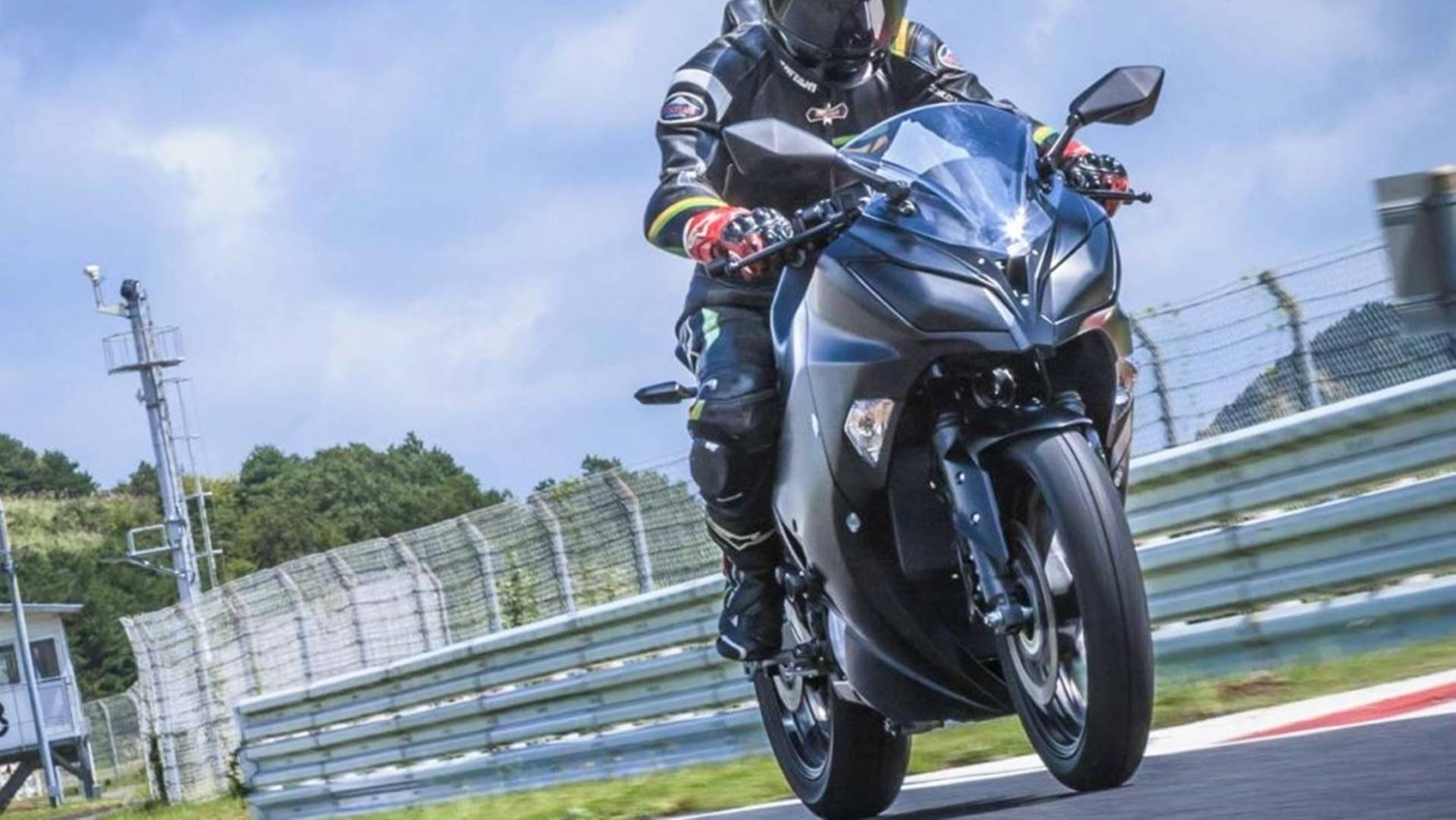
On the one hand, the motorcycle world has experienced a boom after the pandemic due to its perception of a safer personal use vehicle concerning the reduced possibility of contracting COVID-19. On the other hand, if we take into account the more recreational side of motorcycles – which is not going from A to B, that’s for scooters – a lot of care has to be taken with the passionate aspect. Like KYMCO, Kawasaki raises electric motorcycles with gears and a manual gearbox.
Honda, Yamaha, Kawasaki, and Suzuki announced in September 2020 their alliance to jointly develop interchangeable battery systems to form a standard. In this way, these four motorcycle manufacturers will be able to advance faster than each one by waging war on their own.

